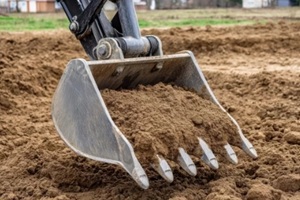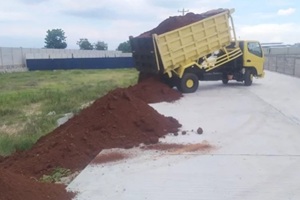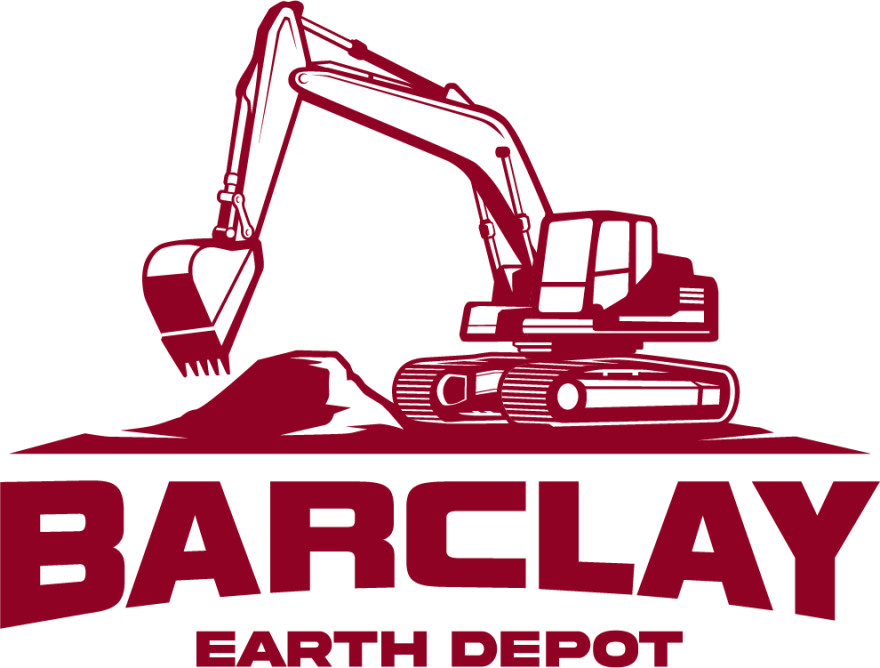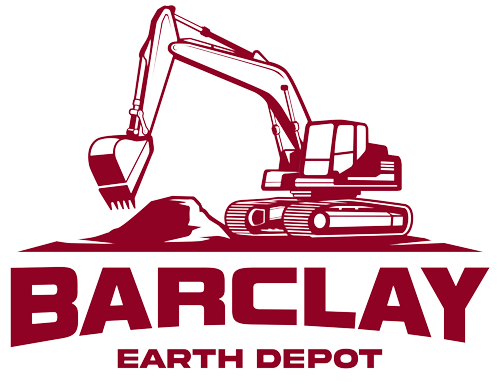 Construction projects requiring grade modification and foundation support depend heavily on proper site preparation before fill dirt delivery. Preparing sites correctly offers notable advantages in material performance, construction efficiency, and long-term stability compared to rushed preparation methods that create problems later.
Construction projects requiring grade modification and foundation support depend heavily on proper site preparation before fill dirt delivery. Preparing sites correctly offers notable advantages in material performance, construction efficiency, and long-term stability compared to rushed preparation methods that create problems later.
Knowing precisely how proper site preparation provides benefits enables contractors to leverage these solutions toward smoother project execution. From initial site assessment and utility protection to drainage planning and compaction preparation, a systematic approach confers improvements across the construction timeline.
Substantial Cost Savings
The most apparent benefit of proper site preparation is the significant cost savings compared to fixing problems after fill dirt placement. When you prepare sites systematically before delivery, you avoid expensive corrections, such as utility repairs, drainage fixes, and compaction failures, which can cost far more to address later. This preparation investment allows contractors to maximize their project budgets.
Preparing properly also means avoiding extra costs related to material waste, equipment delays, rework, and labor associated with correcting problems from inadequate initial planning.
Besides lowering direct material costs, these total savings offer contractors significant advantages in managing expenses, staying on budget, and improving the profitability of their construction projects. This makes investing in preparation a financially prudent strategy.
Accelerated Construction Timelines
In addition to cost savings, proper site preparation enables accelerated construction timelines, making sure projects stay on schedule. Having sites properly prepared before fill dirt delivery eliminates the delays of waiting for utility relocations, drainage corrections, and access improvements that weren’t planned.
This prevents delays that could otherwise occur, such as coordinating emergency repairs, addressing utility strikes, and dealing with access problems that arise from inadequate preparation work.
Streamlining the overall preparation process means contractors avoid losing essential construction time to preventable problems. Instead, work crews can remain fully productive with continuous access to properly prepared areas ready for fill dirt placement.
Proper planning helps maintain project momentum, so construction tasks such as excavation and site leveling move more quickly. Construction teams are also better able to adapt quickly to changes in fill dirt specifications.
Good planning helps improve scheduling and keep work crews consistent, allowing contractors to finish the project more quickly. This greater control over schedules gives contractors a significant advantage in the construction industry.
Enhanced Material Performance
Another noteworthy benefit from proper preparation is more consistent fill dirt performance than placing material on unprepared or poorly prepared sites. Well-prepared sites have adequate drainage, stable subgrades, and suitable access routes that maximize fill dirt effectiveness.
When preparing sites systematically before delivery, contractors can reliably achieve proper compaction densities, optimal drainage performance, and structural stability, which can significantly impact project results..
 This enables accurate construction planning and execution based on known site conditions instead of unknown variables that unprepared sites often have. Proper preparation also helps achieve optimal material utilization when placing fill dirt for maximum stability and performance.
This enables accurate construction planning and execution based on known site conditions instead of unknown variables that unprepared sites often have. Proper preparation also helps achieve optimal material utilization when placing fill dirt for maximum stability and performance.
When contractors have a better handle on site conditions, they can build projects that match the original plans more closely and hit their targets for drainage and stable foundations.
Utility Protection and Risk Management
As underground infrastructure becomes increasingly complex, construction projects can benefit from the risk management advantages of systematic utility protection during site preparation.
When planned responsibly, preparation activities can identify and protect existing utilities, preventing expensive damage claims and project delays that result from utility strikes during construction.
Professional utility coordination during preparation offers contractors specially planned protection measures for gas lines, electrical systems, and telecommunications infrastructure. Using these protective methods allows projects to proceed without utility-related disruptions that would otherwise result in expensive delays and safety hazards.
This achieves the dual benefit of avoiding utility damage costs while preventing construction delays that can derail project schedules and exceed budget limits. These risk management advantages enable contractors to execute projects with greater confidence and predictability.
Optimized Equipment Access and Material Handling
Considering the logistics requirements of fill dirt delivery and placement, proper site preparation enables contractors to optimize equipment access and material handling efficiency. Planning delivery routes and staging areas ahead of time offers several advantages:
Clear Access Routes
Well-planned preparation establishes clear pathways for delivery trucks and construction equipment, preventing damage to existing infrastructure and maintaining efficient material flow throughout the project.
Strategic Staging Areas
Professional preparation includes establishing appropriate areas for temporary material storage when immediate placement isn’t possible due to weather conditions or construction sequencing requirements.
This capability to plan material handling logistics gives contractors the flexibility to achieve efficient delivery schedules and more reliable equipment utilization.
Equipment Coordination
Systematic preparation also includes arranging the appropriate compaction and placement of the equipment before material delivery arrives. Proper equipment preparation prevents delays and helps contractors achieve specified density requirements that provide long-term performance.
This equipment planning prevents expensive delays, enhances construction efficiency, and prevents recurring problems with inadequate compaction that can compromise project integrity.
Technical Planning for Compaction Success
Experienced contractors also benefit from thorough technical planning that addresses compaction requirements and quality control measures during site preparation. Professional evaluation helps determine appropriate layer thicknesses, moisture requirements, and testing procedures that verify proper construction.
Compaction standards require systematic approaches to achieve specified density requirements, and preparation planning helps contractors establish procedures that meet these standards efficiently.
This know-how helps prevent costly mistakes, improves material performance, and prevents maintenance problems from recurring. Professional planning makes the fill dirt placement process more efficient while achieving project specifications and performance goals.
Reach Out for Top Quality Florida Fill Dirt and Professional Guidance
 Proper site preparation offers contractors cost reductions, accelerated timelines, enhanced material performance, and risk management for their construction projects. Strategically sourcing quality fill dirt materials from trusted regional partners, such as Barclay Earth Depot, has additional benefits for contractors, from expertly processed materials to professional technical guidance.
Proper site preparation offers contractors cost reductions, accelerated timelines, enhanced material performance, and risk management for their construction projects. Strategically sourcing quality fill dirt materials from trusted regional partners, such as Barclay Earth Depot, has additional benefits for contractors, from expertly processed materials to professional technical guidance.
Barclay Earth Depot’s team of professionals provides knowledgeable insights, quality fill dirt materials, and the technical advice you need to improve your project outcomes. Contact us today at (941) WE-DIG-IT or online to learn how our quality fill dirt and guidance can support your upcoming construction projects.

